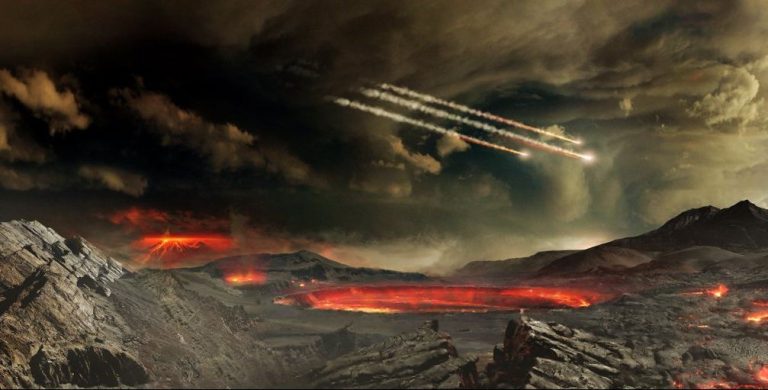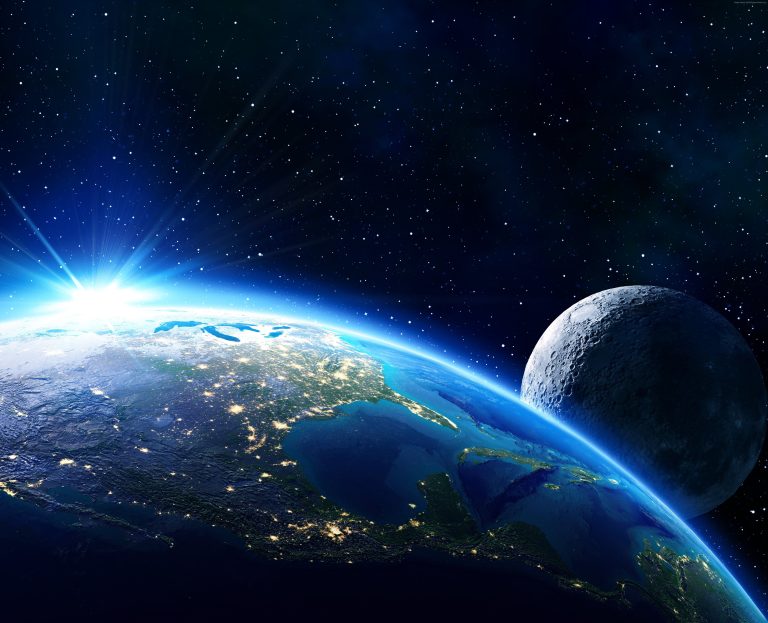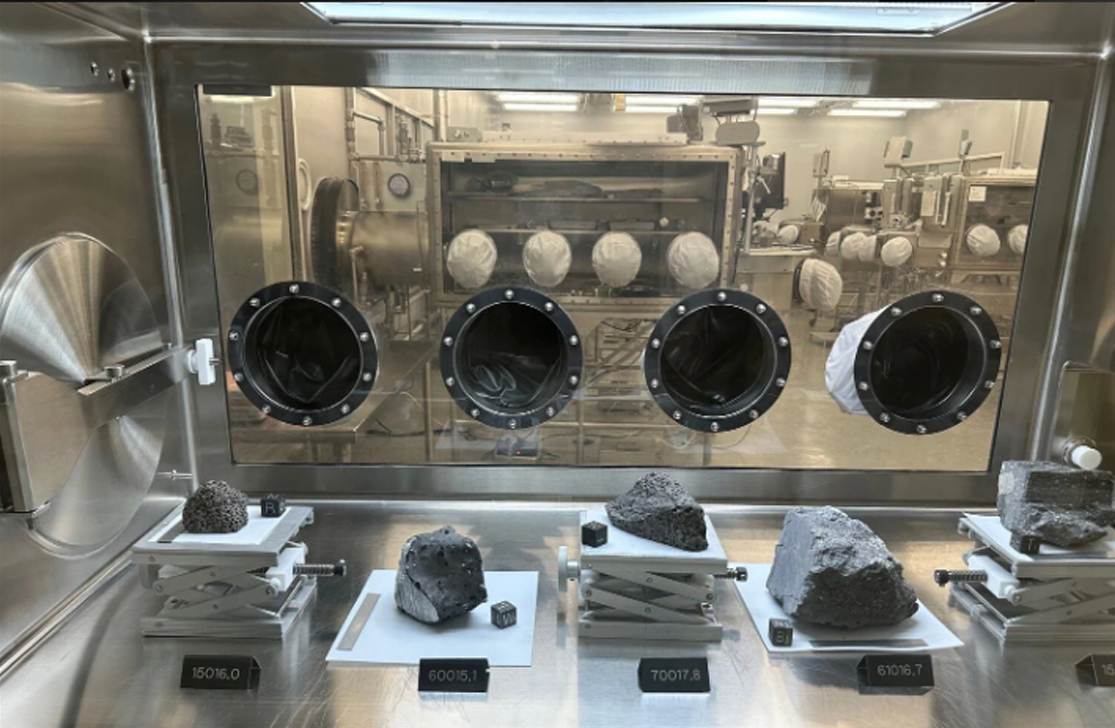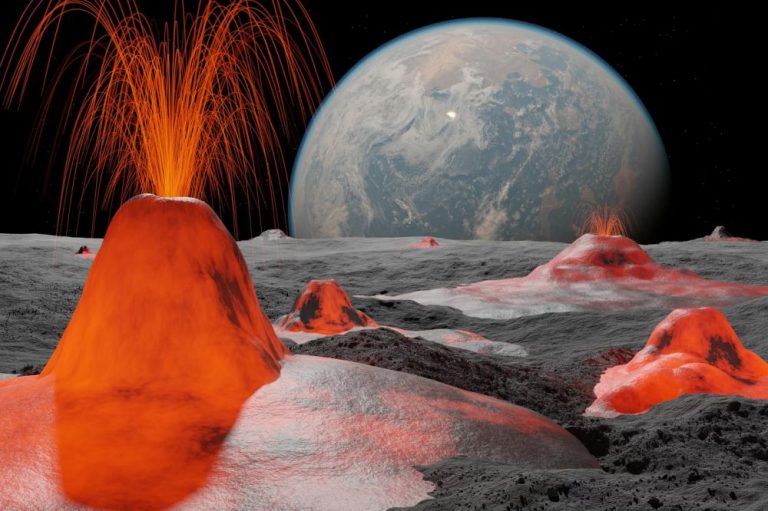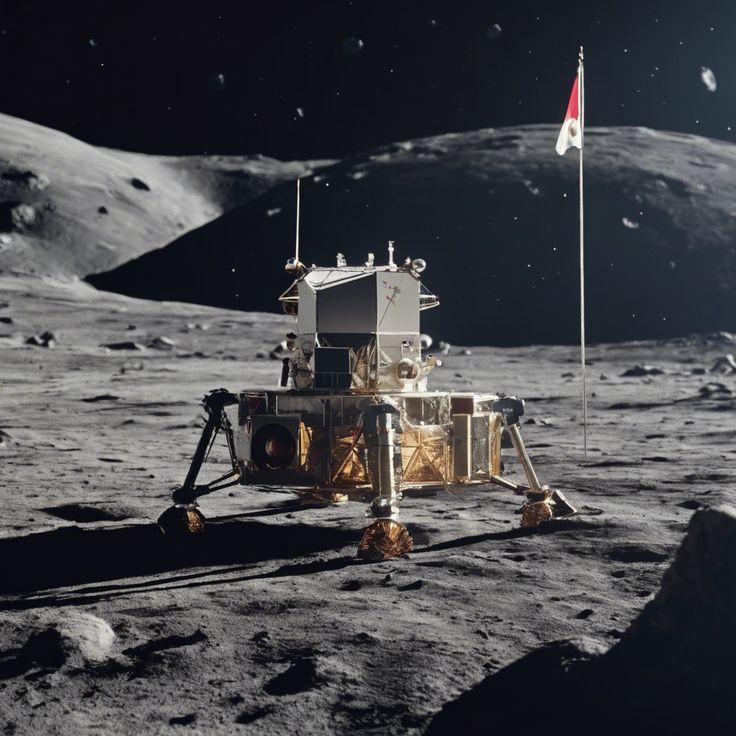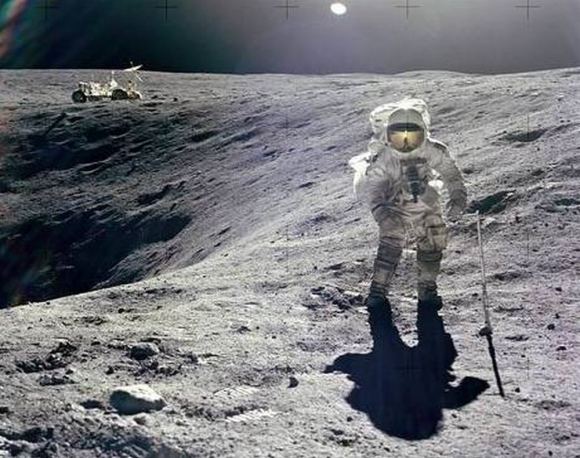Theia: The Impact That Brought Water to a Forming Earth
Water on Earth may have arrived in several late-stage events after the colossal impact of Theia, fundamentally reshaping our views on planetary formation and the origin of life.
Summary
- Theia Impact: A Mars-sized body collided with early Earth, initiating the Moon’s formation.
- Water Delivery Mechanism: Instead of a single event, water arrived in small doses through later accretion processes involving asteroids and comets.
- Scientific Insights: Isotopic analysis of meteorites and terrestrial rocks has provided new clues on where Earth’s building blocks originated.
- Collaborative Research: Multiple institutions have contributed to advancing our understanding of Earth’s formation, including work by Rutgers University and other renowned centers.
- Life’s Foundations: The timing and nature of water delivery are pivotal for the emergence and evolution of life on Earth.
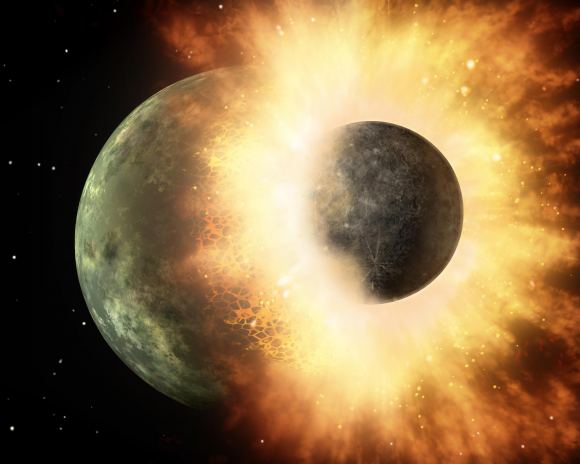
Introduction
The early history of our planet is a tale of cosmic collisions and miraculous deliveries. Among the most dramatic events in Earth’s history is the collision with a Mars-sized body known as Theia. This colossal impact not only resulted in the formation of the Moon but also set the stage for the arrival of water on Earth. Over billions of years, water has played a crucial role in shaping the planet’s geology and the development of life. Researchers continue to study this event to unravel the mysteries behind the origins of our world.
The widely accepted theory suggests that shortly after the birth of the Sun from a swirling nebula, the remaining dust and gas formed a protoplanetary disk. Within this disk, various celestial bodies began to coalesce under gravity. Theia emerged as one of these bodies, and its eventual collision with early Earth marked a turning point in the planet’s evolution.
The Theia Impact Event
In the tumultuous environment of the early Solar System, collisions were common. Theia, a protoplanet approximately the size of Mars, is believed to have struck the early Earth around 4.5 billion years ago. This violent impact ejected vast amounts of material into orbit around Earth, which eventually coalesced to form the Moon. The repercussions of this event were profound. Not only did the collision dramatically alter Earth’s rotation and structure, but it also created conditions that may have allowed water and other volatile compounds to accumulate.
The aftermath of the impact created a dynamic stage for cosmic events that followed. Scientists used to believe that the Moon-forming impact brought most of Earth’s water. However, new research shows this might not be true. Water may have arrived on Earth in a later phase. This later period involved several small impacts. Water-rich asteroids and comets hit the young planet. These impacts brought essential elements like water to Earth.
Water Delivery to a Forming Earth
Water is the cornerstone of life, and understanding how it arrived on Earth is essential to the field of planetary science. Recent studies, including those published on ScienceDirect, suggest that the bulk of water did not come from the initial Theia impact. Instead, the planet received water in smaller increments during the late stages of its formation—a phase known as late accretion.
The prevailing theory is that after the Moon had formed, a series of smaller impacts delivered water to Earth. Research featured in Rutgers News highlights how isotopic studies of meteorites and terrestrial rocks have provided evidence for this process. Scientists, including experts such as Katherine Bermingham, have analyzed the isotopic composition of elements like molybdenum. Their work shows that the chemical signatures in Earth’s rocks more closely resemble those found in meteorites from the inner Solar System rather than those from the outer regions where water and volatiles are more common.
A key discovery was made when comparing the isotopic ratios of molybdenum in meteorite samples from institutions like the Smithsonian National Museum of Natural History with those measured in rocks from various parts of the globe. These findings provide a compelling case that the water present on our planet arrived in stages rather than in a single, dramatic event.
Scientific Investigations
Researchers from diverse institutions, such as Rutgers University and PhAB at the University of Oslo, have worked together to decode the early history of water on Earth. Their investigations involve detailed isotopic analyses and comparisons of extraterrestrial materials. A significant portion of this research centers on understanding the non-carbonaceous nature of late-stage accretion, a subject discussed in a paper published in Geochimica et Cosmochimica Acta.
This insight highlights the importance of knowing both when water was delivered and how it was delivered. Scientists compared data from meteorites with samples from Earth. They collected these Earth samples from places like Greenland, South Africa, Canada, the United States, and Japan. They all agreed from these studies that Earth’s water came after the Moon was formed. This idea challenges what people thought before.
Data and Timeline
Below are two tables that help illustrate the timeline of events and the comparative isotopic signatures that support the late accretion theory.
Table 1: Timeline of Theia Impact and Water Delivery
| Event | Time (Billion Years Ago) | Description |
|---|---|---|
| Formation of the Sun | 4.6 | The Sun forms from the collapse of a giant molecular cloud. |
| Theia Impact | 4.5 | A Mars-sized body collides with Earth, leading to the Moon’s formation. |
| Late Accretion Phase | 4.4 – 4.3 | Smaller impacts deliver water and other volatiles to the Earth after the Moon has formed. |
| Stabilization of Earth | 4.3 | Earth’s environment becomes more conducive to the emergence of life. |
Table 2: Comparison of Isotopic Signatures
| Sample Type | Isotopic Signature | Source Region |
|---|---|---|
| Inner Solar System Rocks | Enriched in specific isotopes | Formed close to the Sun |
| Meteorites (NC group) | Similar to Earth’s rocks | Originated from the drier inner Solar System |
| Meteorites (CC group) | Higher volatile content | Formed in the outer Solar System |
Implications for Life
The timing of water delivery is critical when considering the origins of life on Earth. Water, along with energy and essential chemical building blocks, set the stage for biochemical processes that eventually led to life. The notion that water arrived in small increments during late accretion implies that Earth’s habitability developed over an extended period rather than as a sudden consequence of the Theia impact.
The introduction of water was gradual. This process led to more complex geochemical interactions. Geochemical interactions are chemical reactions between the Earth’s crust and other elements like water. These interactions might have created a stable environment. In such an environment, organic molecules could form and change over time. Organic molecules are basic building blocks of life. The research challenges what we assumed before. It also offers new possibilities for finding life on other planets. As we explore exoplanets, understanding Earth’s early history becomes even more important. Exoplanets are planets outside our solar system that might host life.
Fun Facts
- Theia was named after a Titaness in Greek mythology, reflecting its monumental role in shaping the Earth.
- The Moon is the fifth largest natural satellite in the Solar System.
- Late accretion is a process observed on other planets and moons, highlighting common themes in planetary evolution.
- Isotopic analysis is a powerful tool that helps scientists trace the origins of materials in the Solar System.
References
- ScienceDirect Article
- Rutgers News – Life-bearing Water Arrived Earth Later Rather Sooner
- Rutgers News – Life-bearing Water Arrived Earth Later Rather Sooner
- Smithsonian National Museum of Natural History
- ScienceDirect Article
- PhAB at the University of Oslo
- Lithospheric Research, University of Vienna
- SAO Paulo MFA Document
- Katherine Bermingham Profile, Rutgers EPS
- Rutgers News – Life-bearing Water Arrived Earth Later Rather Sooner

